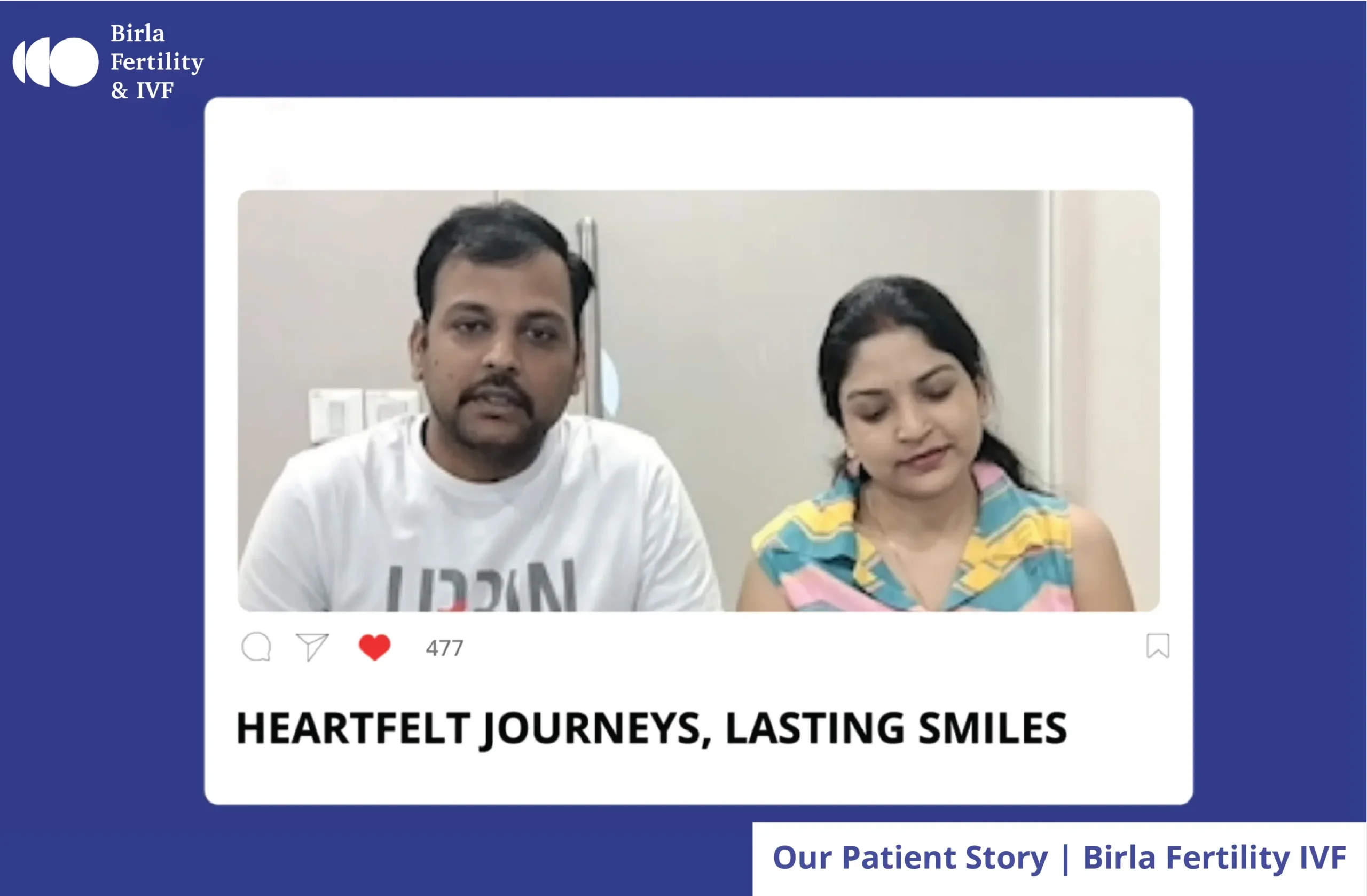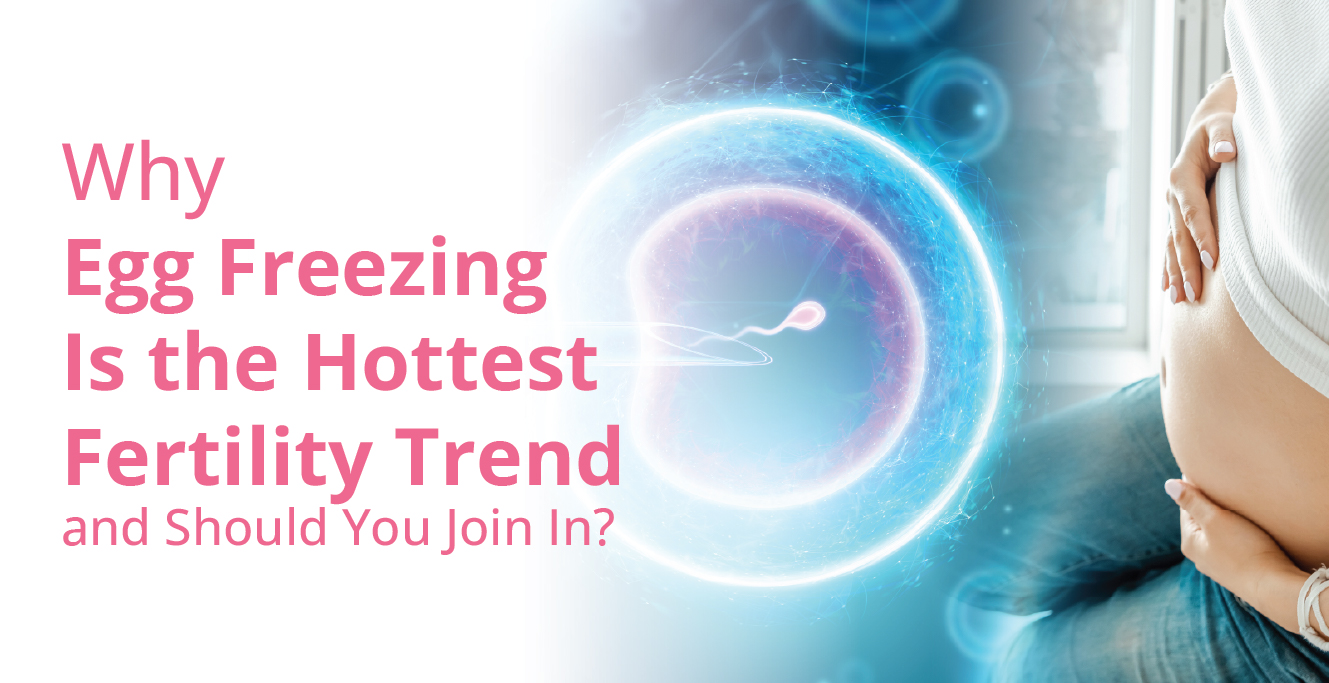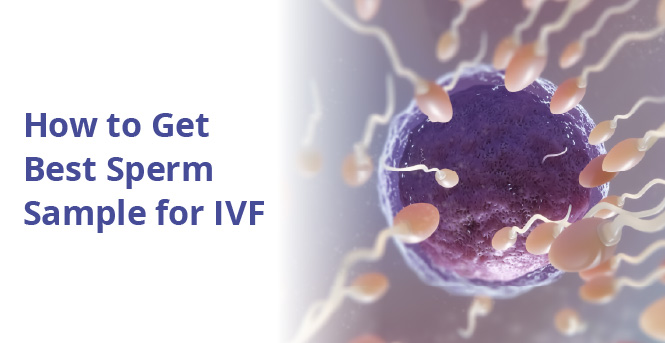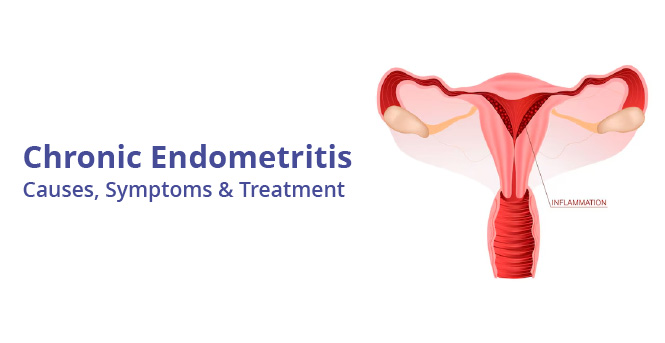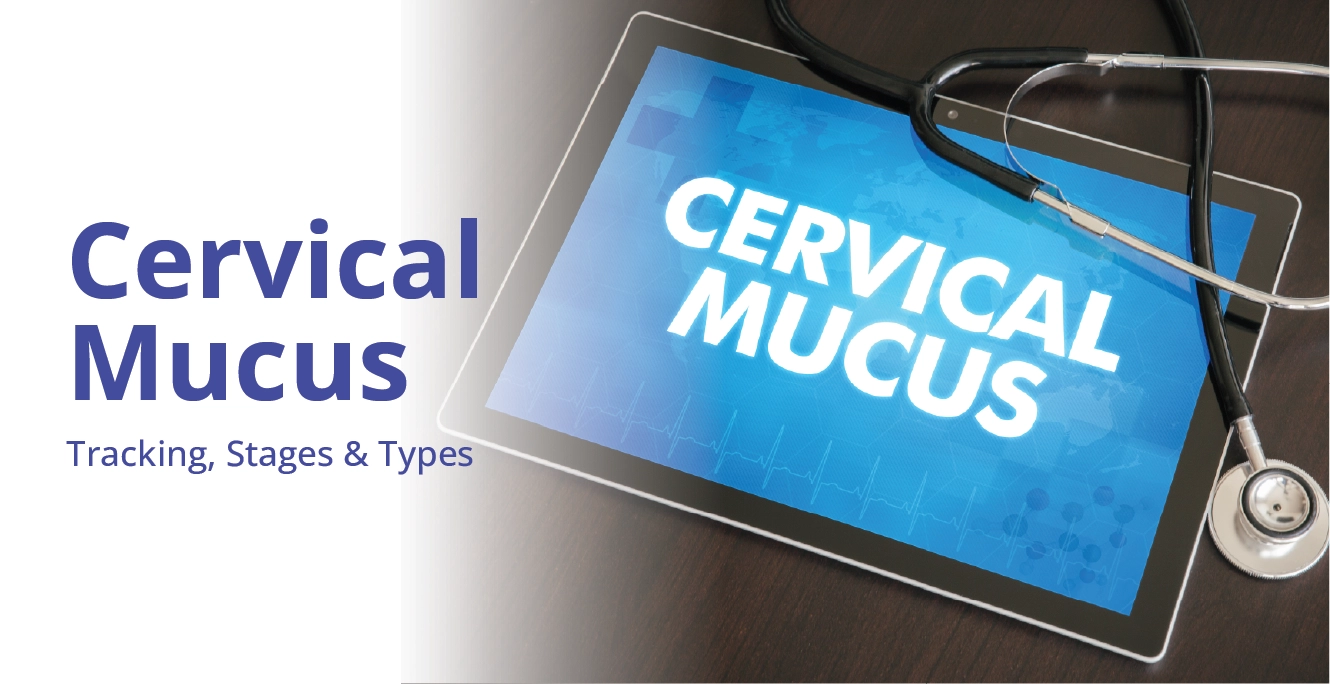Preimplantation Genetic Diagnosis
Birla Fertility & IVF offers comprehensive PGD (Preimplantation Genetic Diagnosis) services to detect and prevent the transmission of specific genetic conditions to offspring. This treatment, also known as preimplantation genetic testing for monogenic/single-gene diseases (PGT-M), ensures healthier outcomes for future generations.
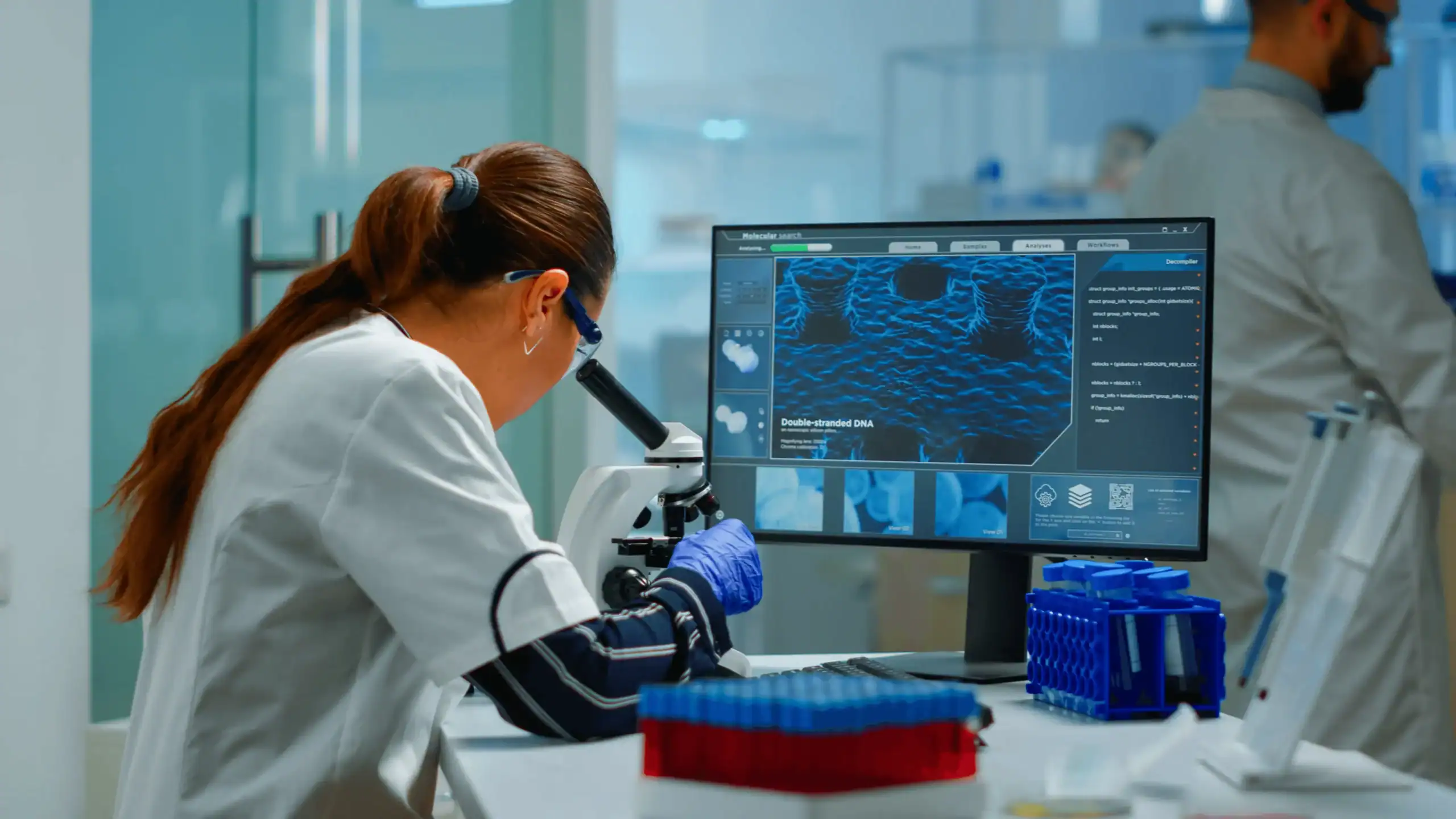
What is Preimplantation Genetic Diagnosis?

Preimplantation Genetic Diagnosis (PGD) is a technique used to detect genetic abnormalities in embryos created through in vitro fertilisation (IVF). This is done by removing a few cells from the embryo and analysing them for chromosomal abnormalities.
PGD is done to:
-
Detect Genetic Abnormalities: PGD helps identify genetic abnormalities such as Down syndrome, Turner syndrome, and other chromosomal disorders.
-
Improved IVF Success Rates: PGD enhances IVF success rates by selecting embryos with the correct number of chromosomes.
-
Reduce the Risk of Miscarriage: PGD reduces miscarriage risk by selecting embryos with a lower likelihood of chromosomal abnormalities.
-
Enhance Family Planning: PGD aids couples in family planning by selecting embryos with the desired genetic characteristics.
Why Consider Preimplantation Genetic Diagnosis?
The reasons why preimplantation genetic diagnosis (PGD) is recommended are as follows:
-
Family History: For couples with a family history of genetic conditions or chromosomal issues.
-
Genetic Conditions: For those carrying genetic conditions like Thalassemia, Cystic Fibrosis, or inheritable cancers.
-
Recurrent Miscarriages: For couples with a history of recurrent miscarriages caused by genetic conditions.
-
Reduce Genetic Risk: PGD allows the selection of genetically healthy embryos, reducing the risk of passing on genetic disorders.
-
Enhance IVF Success: By identifying and transferring only chromosomally normal embryos, PGD can improve IVF success rates.
-
Avoid Difficult Decisions: PGD offers an alternative to invasive prenatal testing.
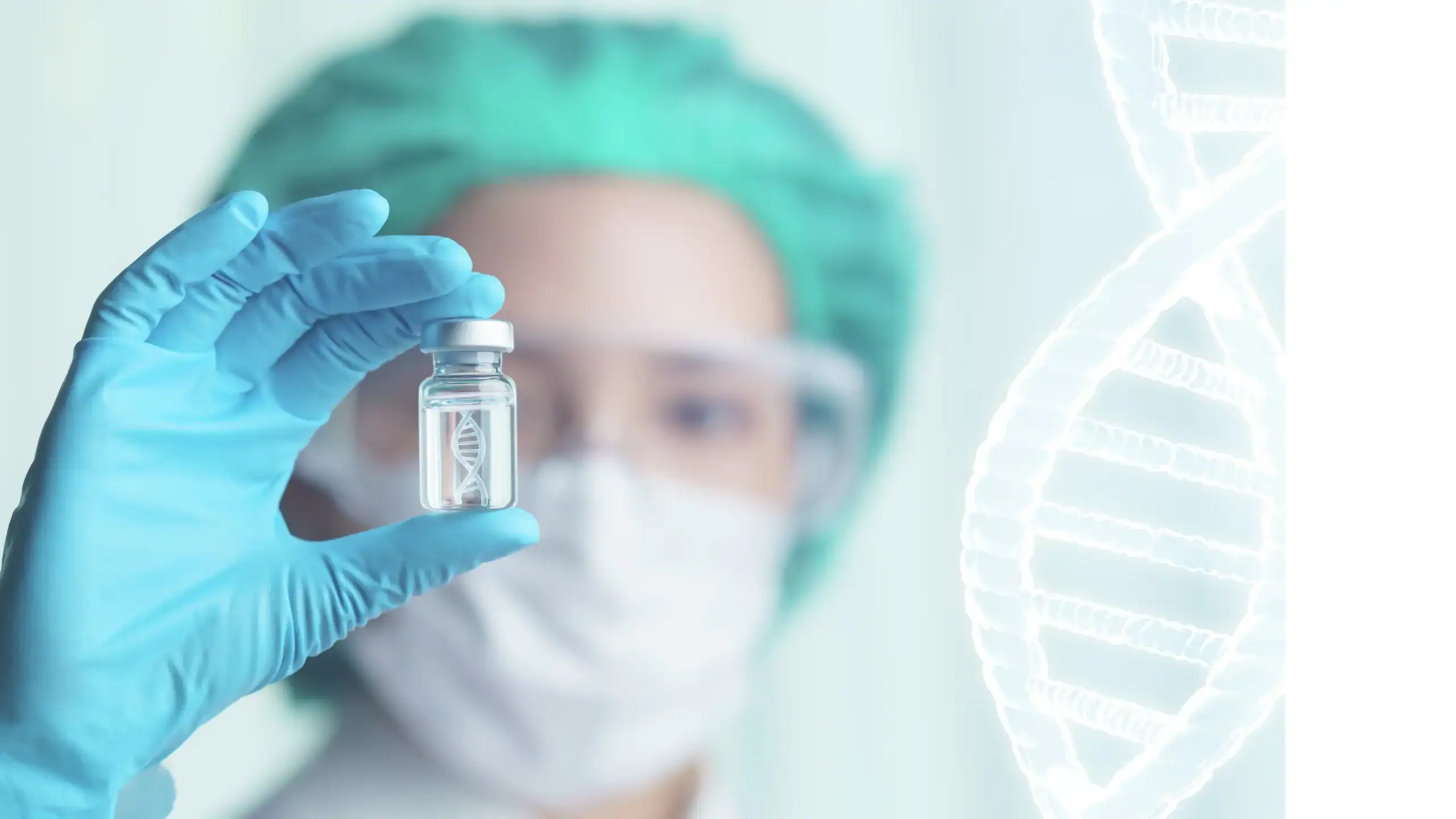
How Is Preimplantation Genetic Diagnosis Performed?
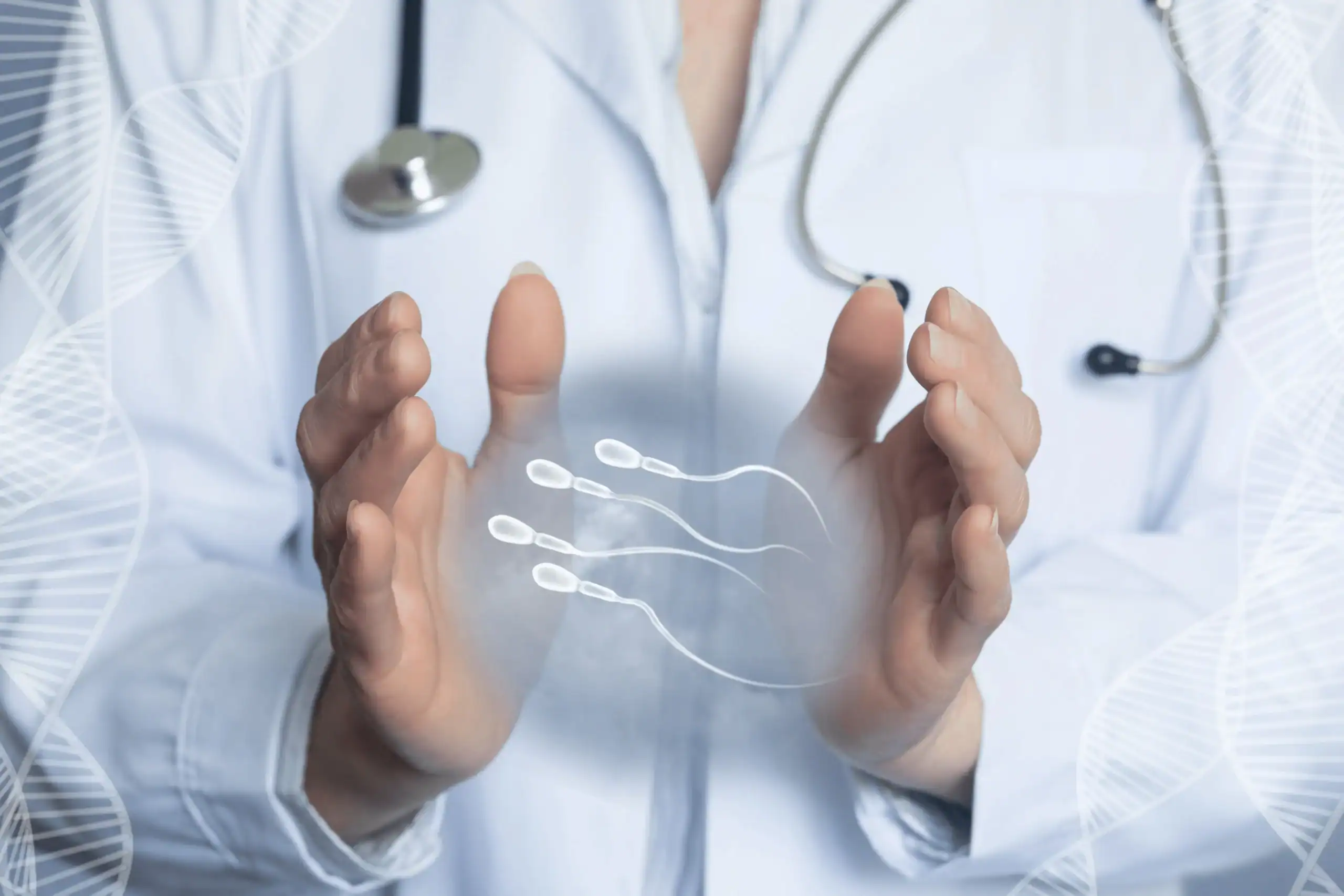
Here is a concise overview of how preimplantation genetic diagnosis (PGD) is performed:
-
IVF Cycle: The process begins with an IVF cycle, where eggs are retrieved and fertilised with sperm to create embryos.
-
Embryo Development: The embryos are cultured and allowed to develop to the blastocyst stage for 5 or 6 days after fertilisation.
-
Embryo Biopsy: A small number of cells are removed from each embryo, usually from the trophectoderm layer, which will form the placenta. This can be done on day 3 (cleavage stage) or day 5/6 (blastocyst stage).
-
Genetic Testing: The biopsied cells are sent to a genetic testing lab to analyse specific genetic disorders or chromosomal abnormalities. Techniques such as PCR, FISH, CGH, or next-generation sequencing are used for this purpose.
-
Embryo Freezing: After the biopsy, the embryos are frozen using vitrification. This helps to preserve them until the genetic test results are available.
-
Results: The genetic testing results are typically available within 1-2 weeks after the biopsy. If the embryos are deemed suitable, they are thawed and transferred to the uterus.
-
Embryo Transfer: One or more genetically normal embryos are selected for transfer to the uterus. This selection is based on the PGD results and the embryo’s developmental potential.
Why Choose Us
Choosing the right fertility clinic is crucial for starting your family. At Birla Fertility & IVF, we offer personalised care with expert specialists guiding you every step of the way. Our advanced labs and outstanding success rates have helped over 2,30,000 patients achieve their dream of parenthood.
Frequently Asked Questions
Recent Blogs
Book an appointment
Hassle-Free Appointment Booking

 Our Centers
Our Centers















